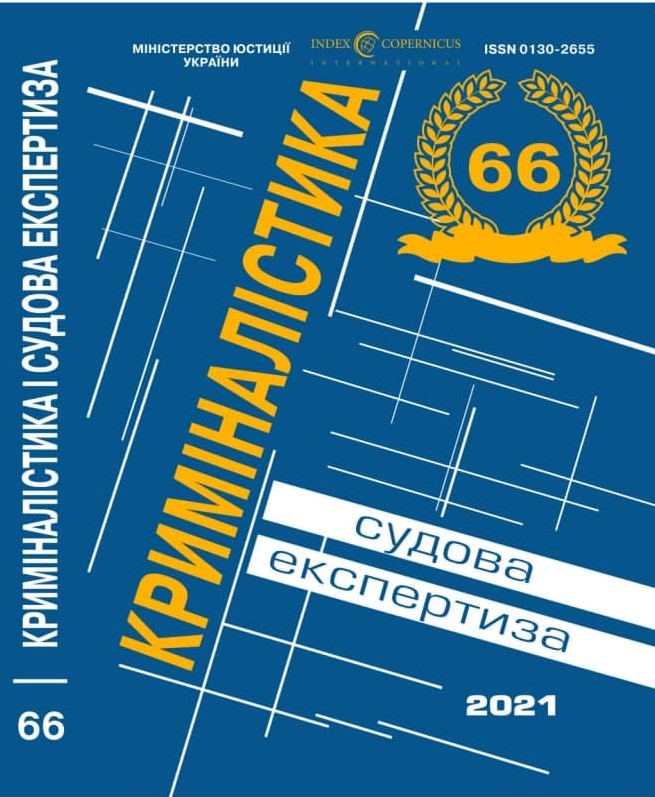DOI: https://doi.org/10.33994/kndise.2021.66.60
O. Pryimak
In modern expert practice, the so-called signatures made using facsimile clichés are increasingly becoming objects of research. In fact, these are not actually, signatures requiring handwritten execution, but its images, applied using certain clichés (facsimiles).
The determination of a specific method of drawing a graphic object (handwritten or not handwritten, in particular, by means of a facsimile cliché) is within the competence of a specialist in the field of forensic examination of documents. In addition, the establishment of a specific performer of the signature refers to the identification tasks of handwriting research.
The solution of handwriting problems during handwriting signatures’ research that served as originals for making facsimile clichés, the prints of which are provided for research, is in some cases possible. However, when assessing the identified signs of handwriting, the expert should take into account that with this method of drawing a graphic object, these signs are not reproduced in full, because a significant part of the handwriting information is lost.
The facsimile-recreated graphic is not a person identification. Therefore, it is unacceptable to use facsimile clichés to certify documents related to property or legal relations.
Key words: signature, facsimile, cliché, expert research, ways of making signatures

